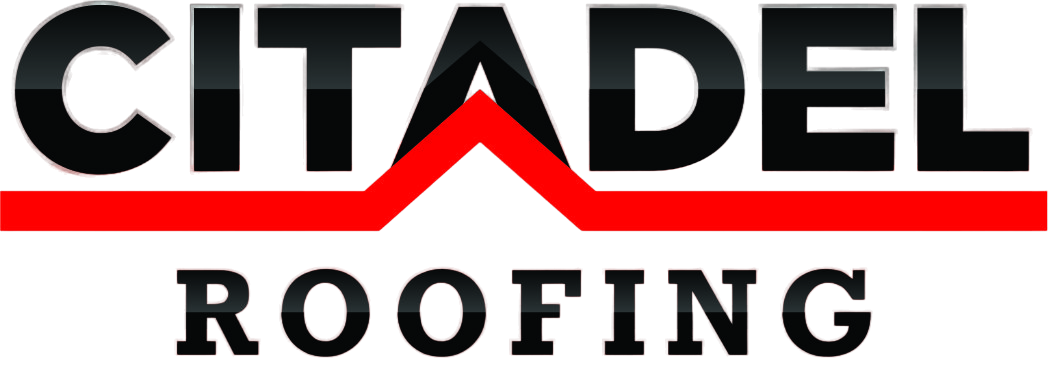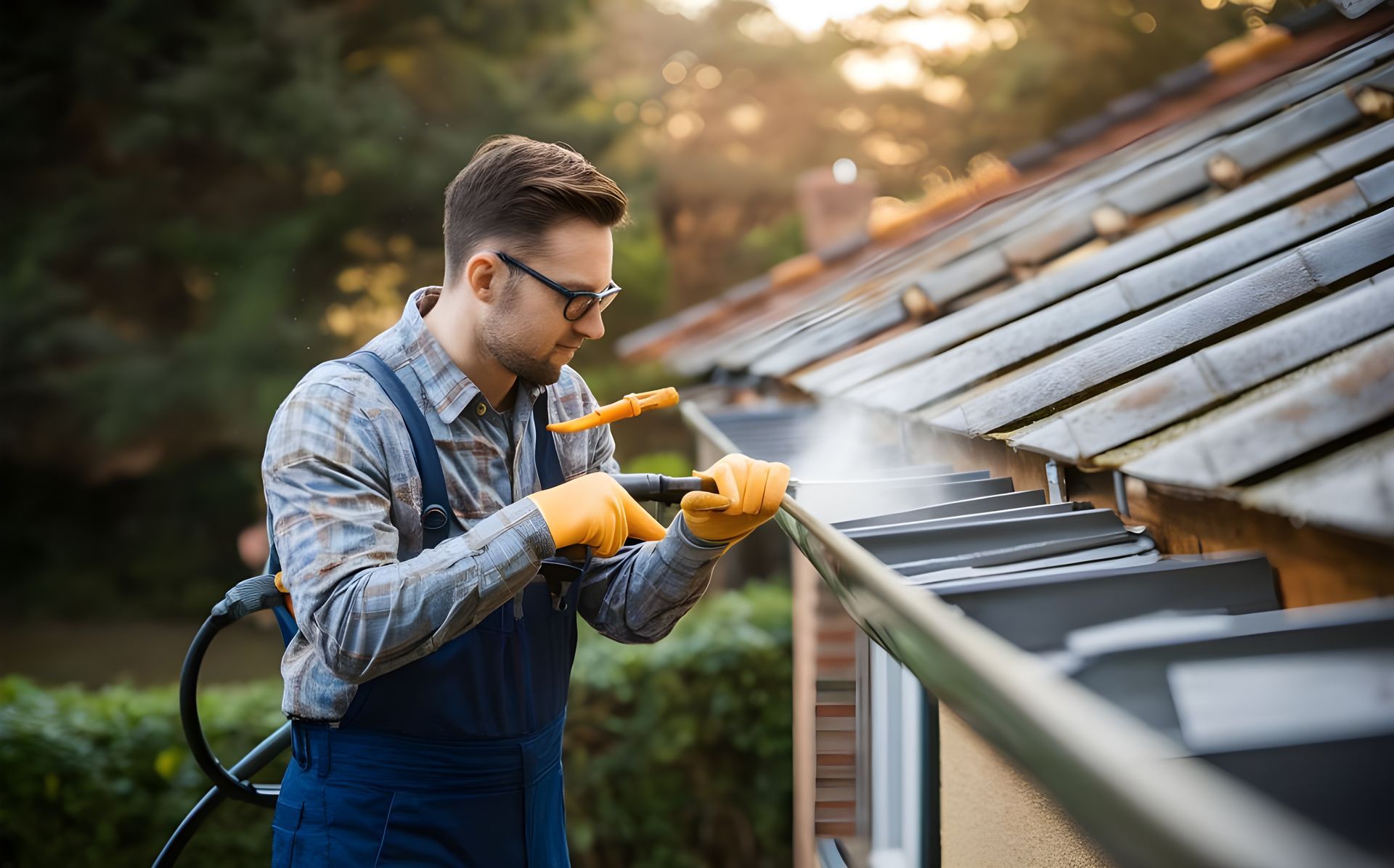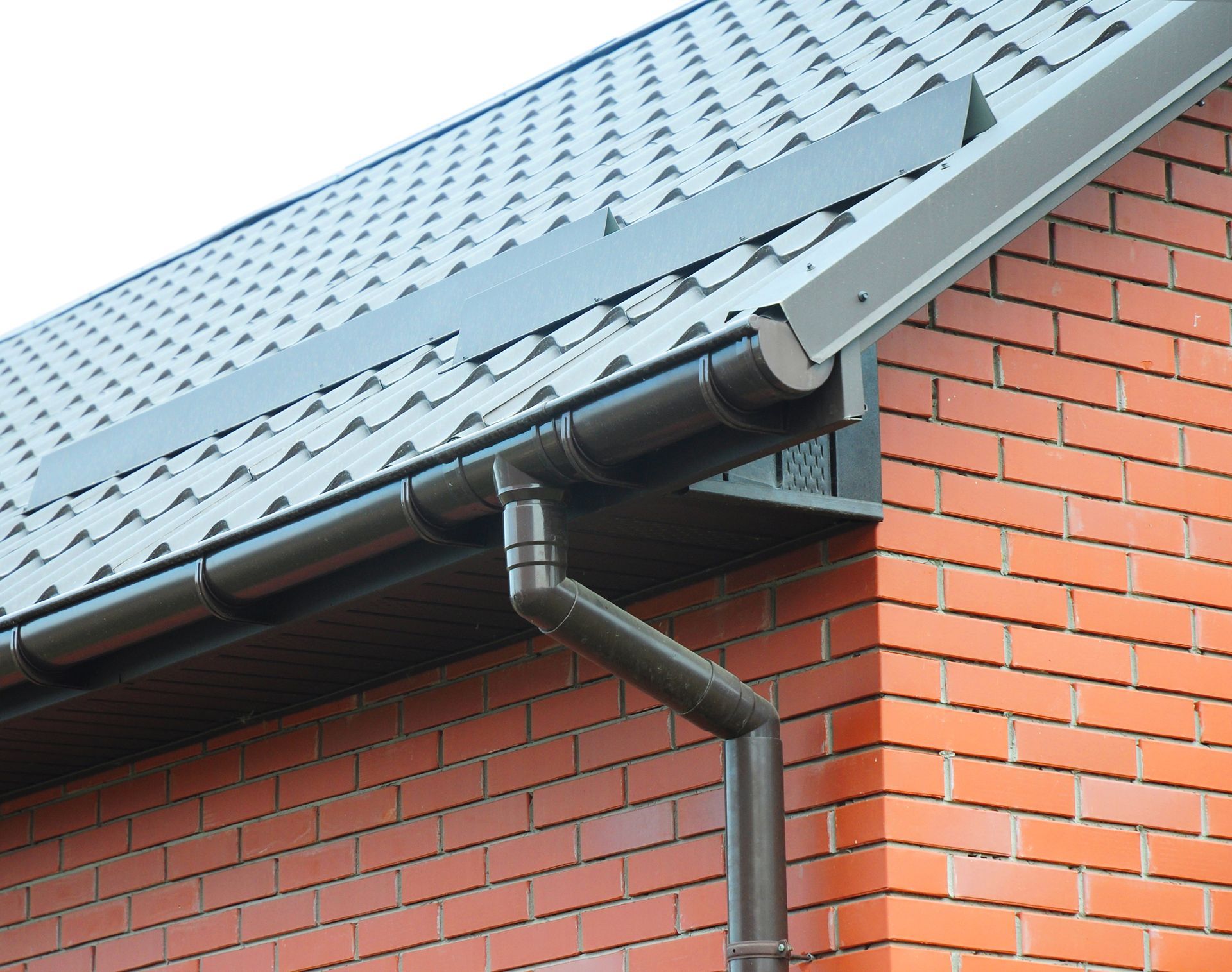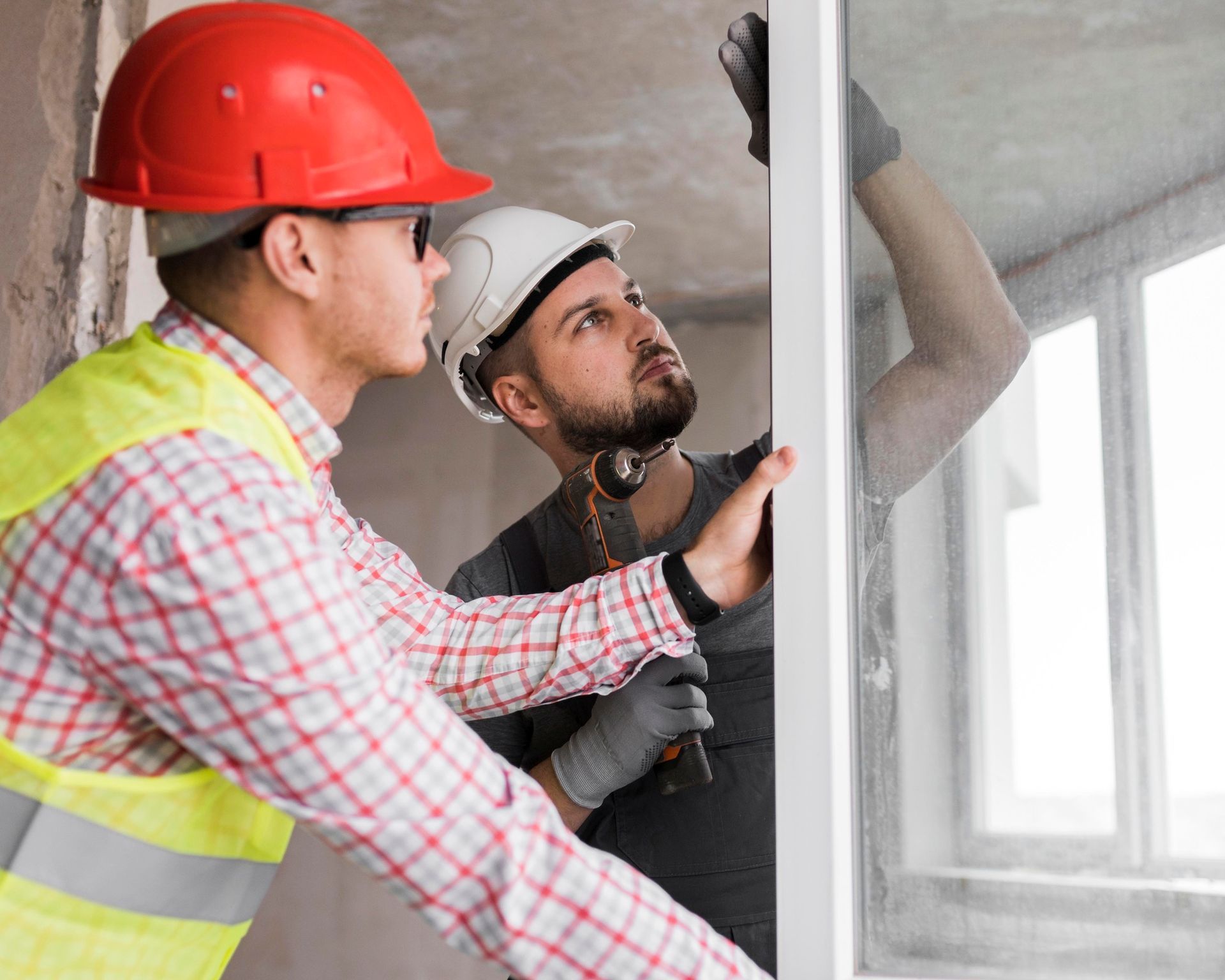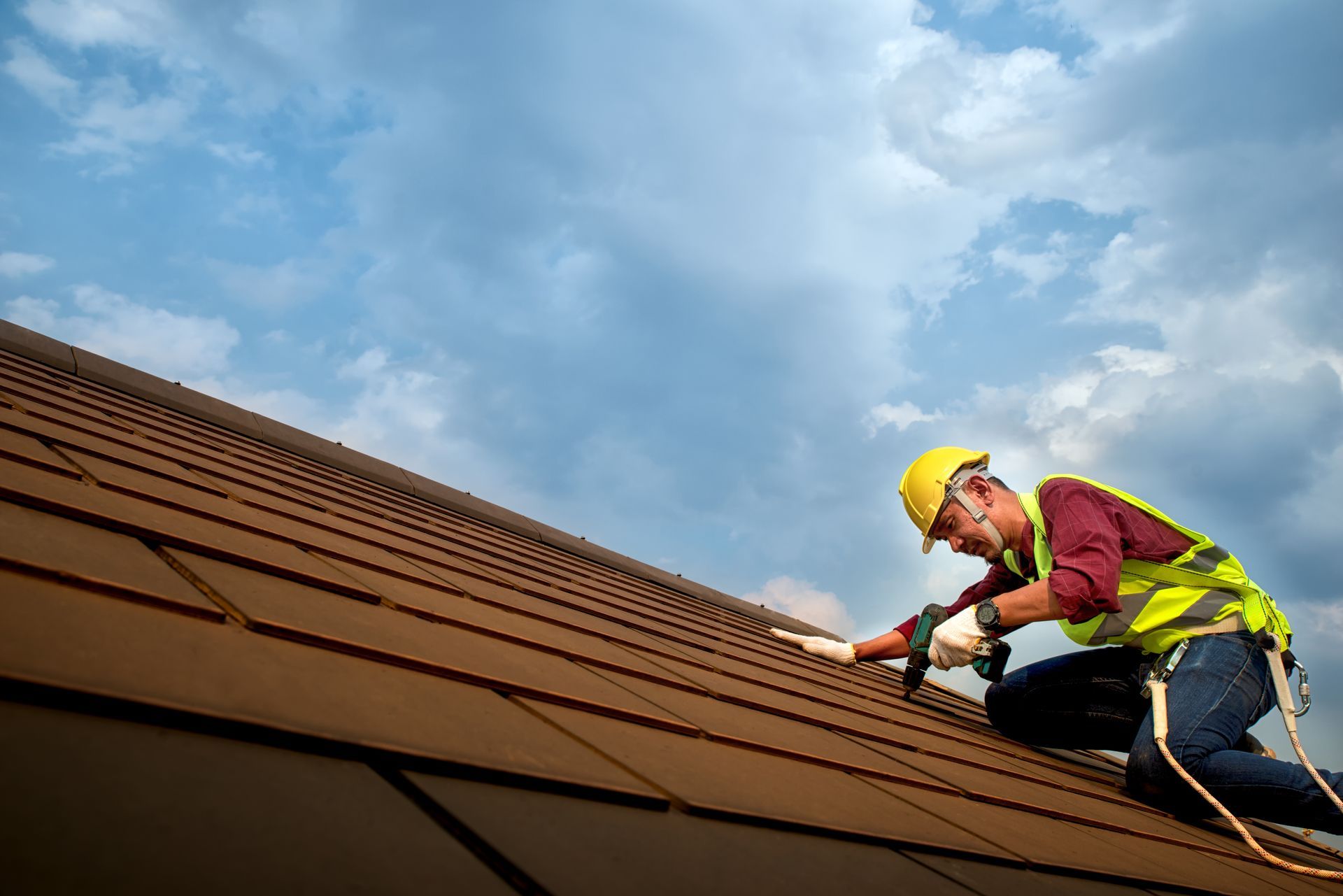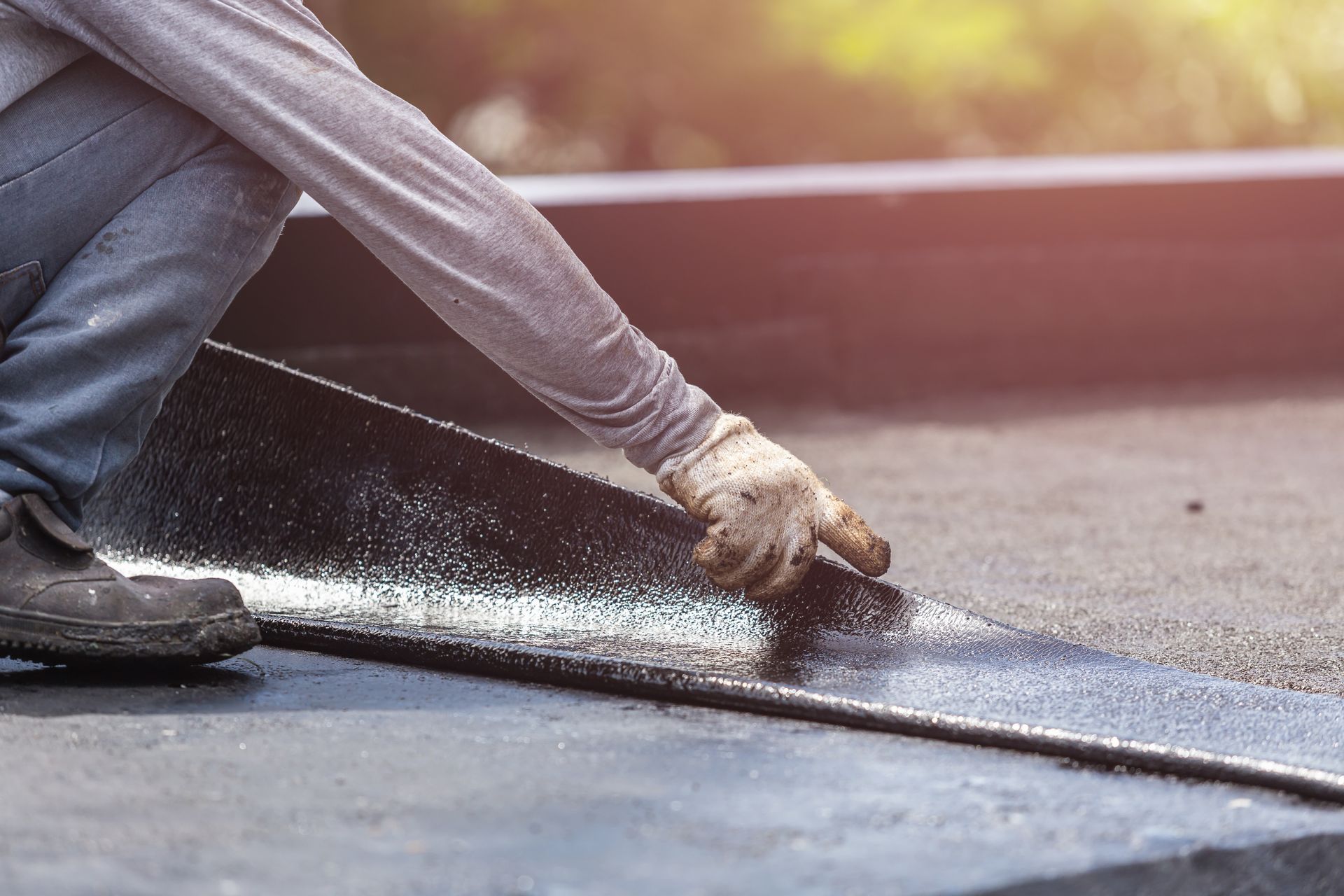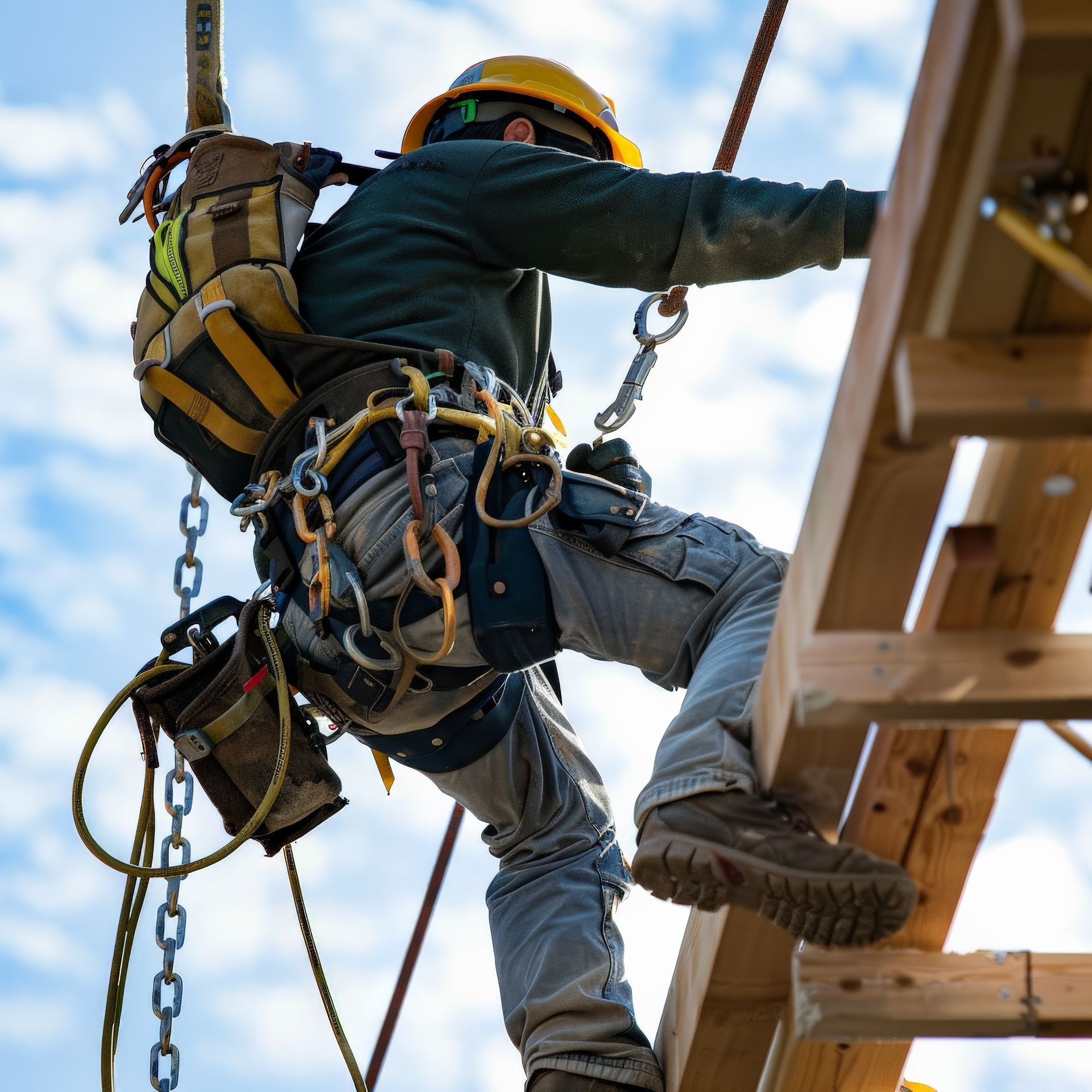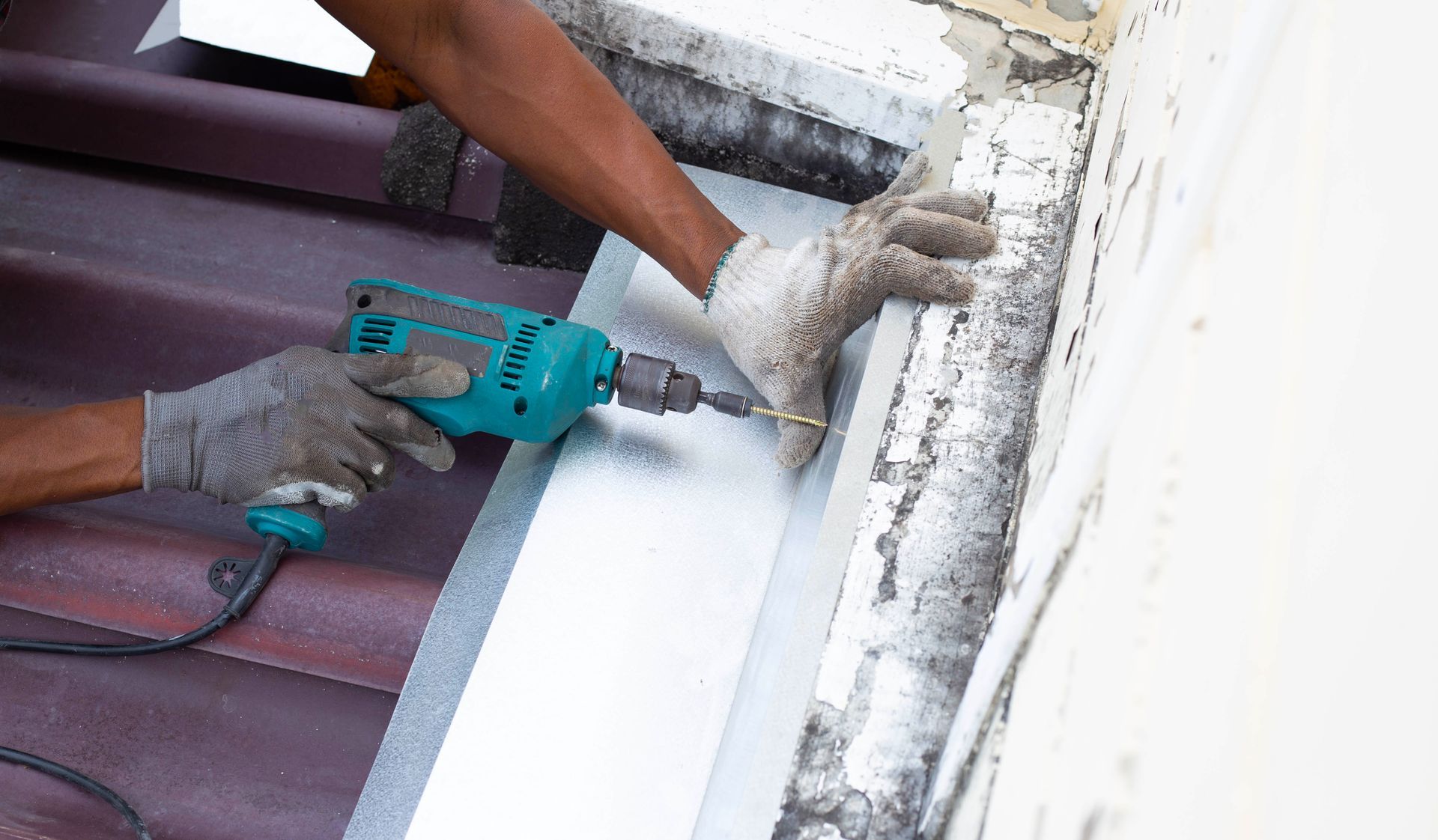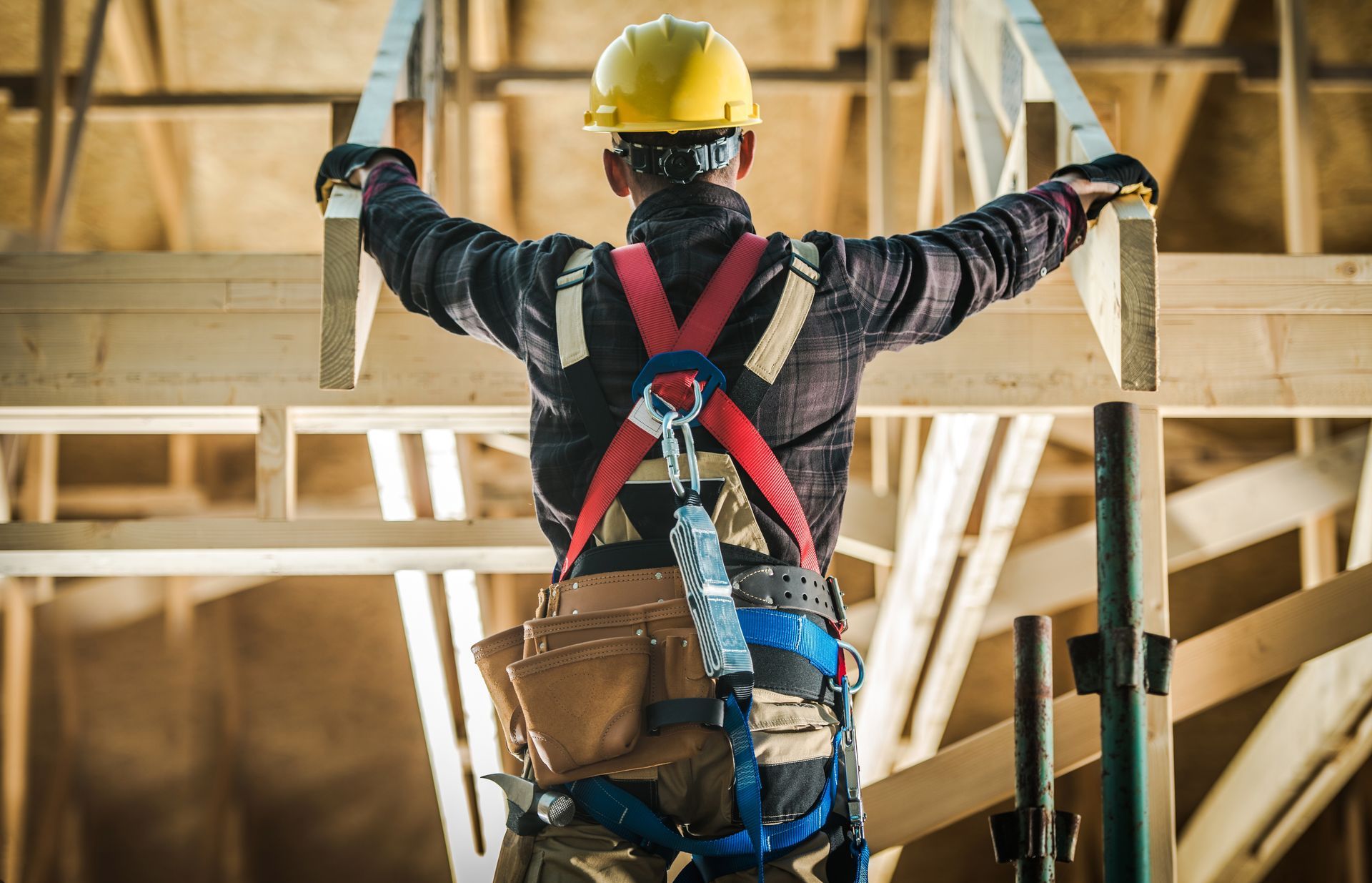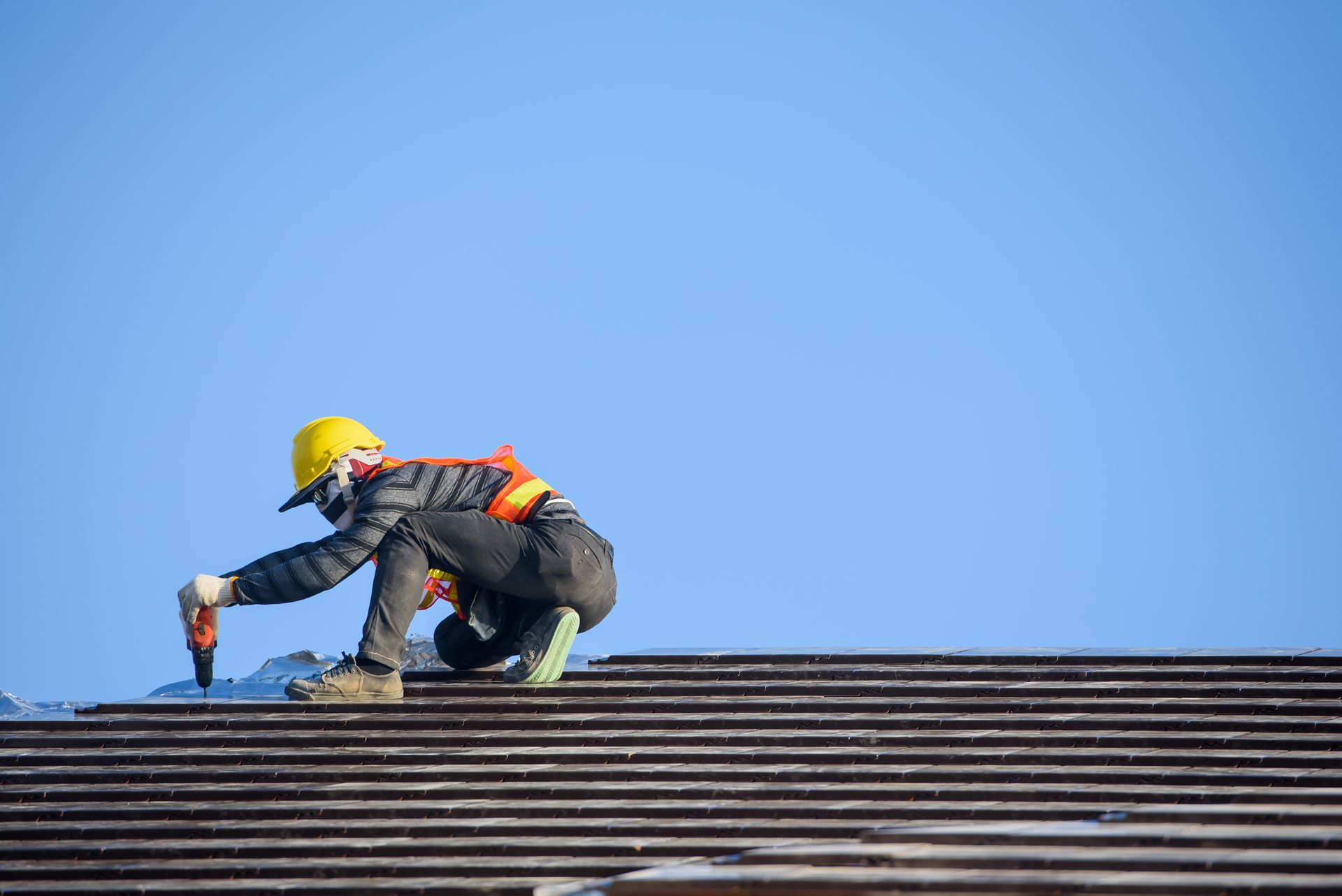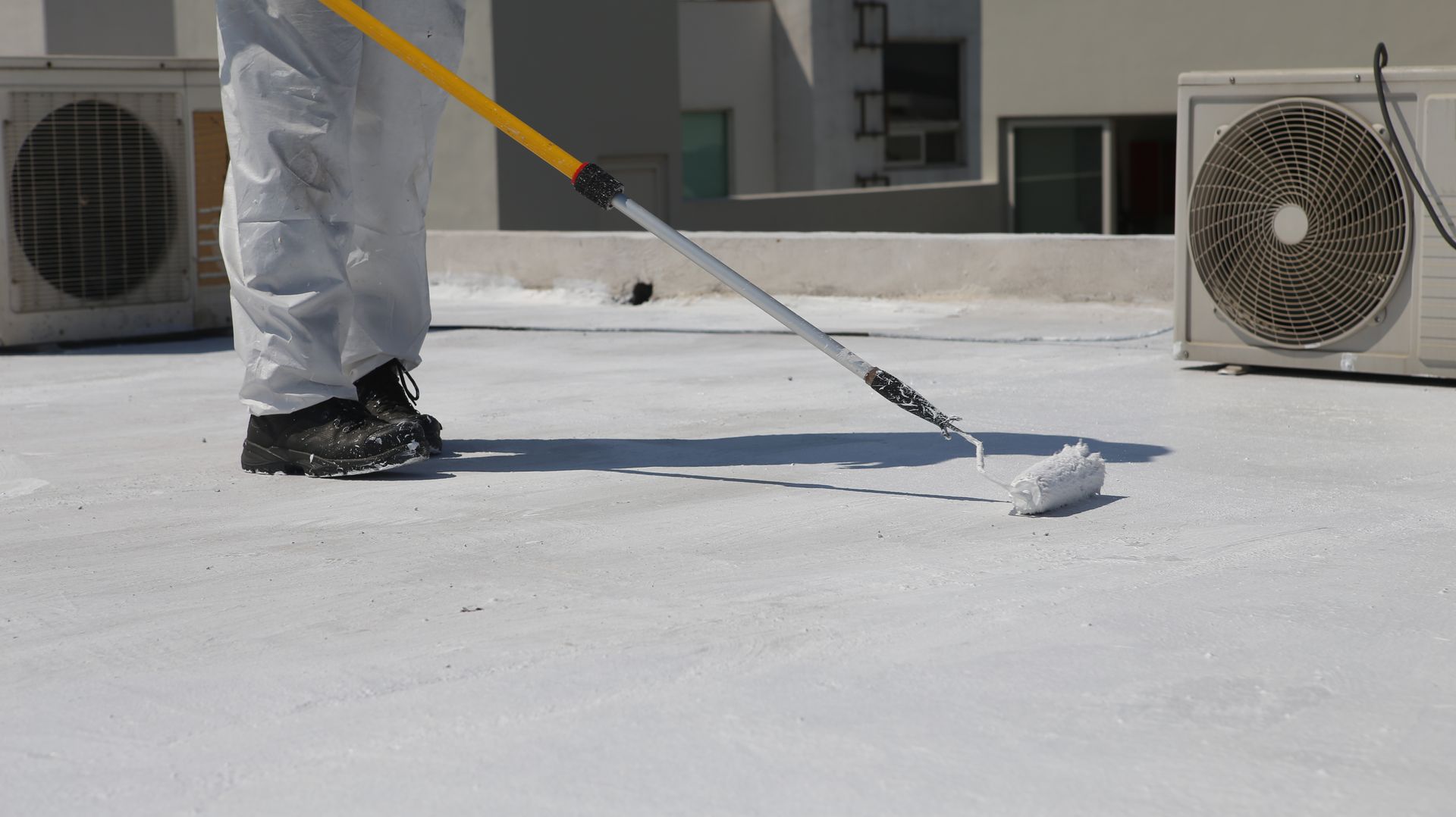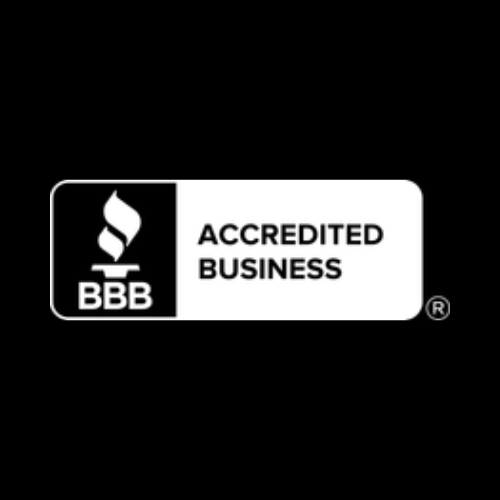Understanding Ballasted Roofing: Pros, Cons, and Best Use Cases
Ballasted roofing has been a widely popular choice for commercial buildings for decades. Not only does it offer significant benefits in terms of installation and energy efficiency, it also provides a unique set of advantages that make it a versatile roof option. In this blog post, we at Citadel Roof & Building Maintenance will discuss the pros, cons, and best use cases for ballasted roofing systems.
Pros of Ballasted Roofing
1. Efficiency in Installation
One of the most significant advantages of choosing a ballasted roofing system is its quick installation process. Since it doesn't require mechanical fasteners, these roofing systems are more cost-effective and time-saving to install compared to traditional roofing methods.
2. Energy Efficiency
Ballasted roofs offer excellent insulation properties, which ultimately lead to a reduction in energy costs. The weight of the ballast material helps to maintain the temperature inside the building, keeping the space cooler during summers and warmer during winters.
3. Durability and Longevity
Ballasted roofing is a reliable and long-lasting option. The ballast material (often crushed stone) protects the roofing membrane from UV exposure and harsh weather conditions, which in turn prolongs the lifespan of the roof.
4. Low Maintenance
Since ballasted roofing involves less penetration to the roof deck during installation, it requires less maintenance in the long run. Periodic inspections and maintenance measures are easy to carry out.
Cons of Ballasted Roofing
1. Heavier Load on the Building Structure
Ballasted roofing systems can add significant weight to your building, which might require additional structural support. However, this concern does not usually apply to newer buildings that are designed to bear heavier roof loads.
2. Difficulties in Leak Detection
Locating and repairing leaks can be challenging in ballasted roofing systems, as the ballast material may hide potential problem areas. Regular inspection and maintenance by professionals can mitigate these risks.
3. Limited Material Selection
Ballasted roofing is more suitable for commercial buildings with flat roofs or low-slope structures. Also, it's important to choose a high-quality rubber roofing membrane to ensure your roof performs optimally in any weather condition.
Best Use Cases for Ballasted Roofing
1. Commercial Buildings
Ballasted roofing is an ideal choice for commercial buildings, warehouses, and office complexes. Its energy-efficient properties, low maintenance requirements, and rapid installation make it a popular choice among building owners and property managers.
2. Flat or Low-Slope Roofs
Ballasted roofing systems perform best in flat or low-slope roof structures. However, it's crucial to consult with a professional roofer to determine if a ballasted roof is a viable option for your specific roofing project.
3. Large Roof Areas
Given its necessity for a strong structural support, ballasted roofing is more suitable for large roof areas. Its ability to handle heavy loads ensures your roof can withstand the weight of the ballast material and the roofing system itself.
Ballasted roofing offers a unique set of advantages that can benefit your commercial building project. With its low maintenance requirements, energy efficiency, and rapid installation, ballasted roofing systems provide a cost-effective and durable solution.
However, it's critical to consider the potential drawbacks of ballasted roofing, particularly in terms of weight limitations and leak detection. A professional roofing contractor can help you determine if ballasted roofing is the right choice for your specific project.
At Citadel Roof & Building Maintenance, we provide expert advice and customized roofing solutions that cater to your needs. If you need any assistance with your ballasted roofing project or other roofing services, contact us today to learn how our team can help you.
